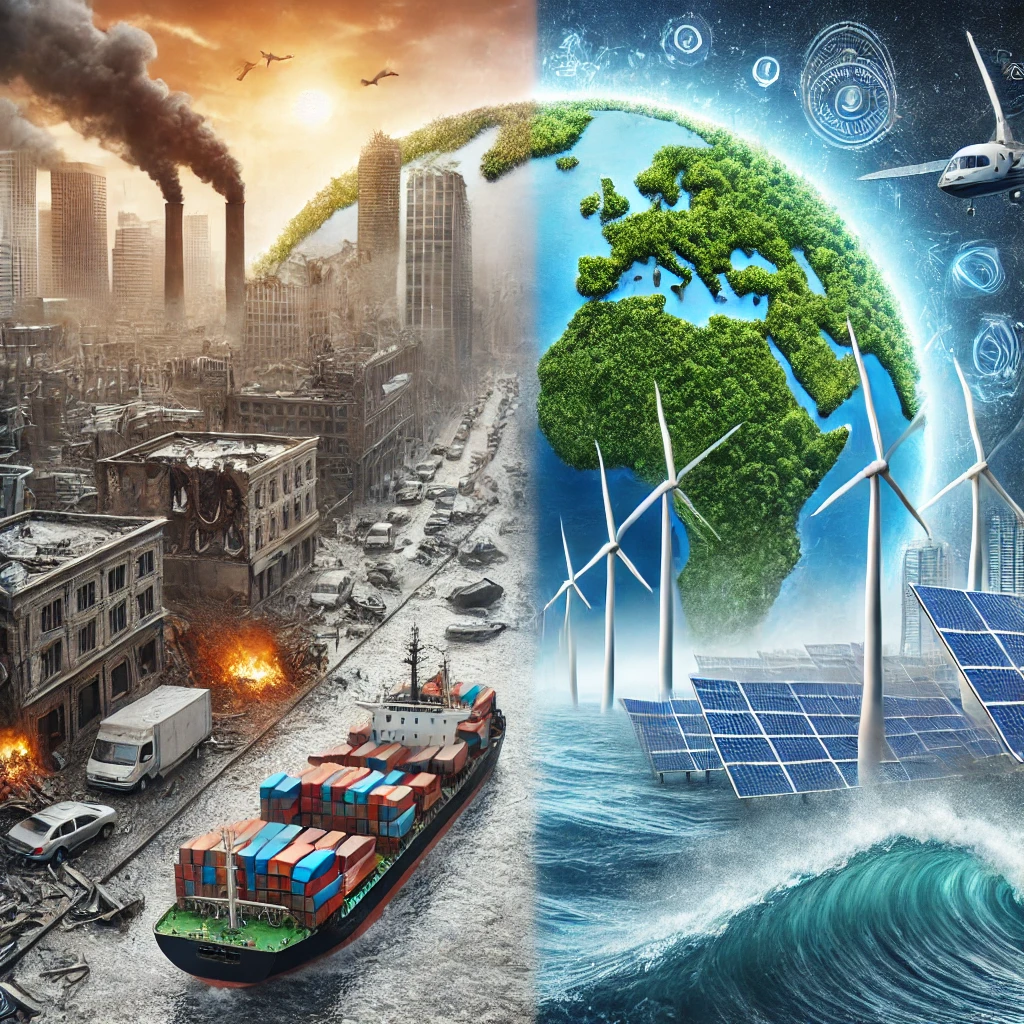Introduction: The Turning Point of Climate Action
Climate change has become one of the most daunting challenges of our generation. No point in time in history has required more urgent global action and resolution. Climatic conditions such as rising temperatures and extreme weather continue to disrupt both ecosystems and economies worldwide. International climate agreements provide necessary frameworks for the coordination of effort; these ever-changing policies thus mirror humanity’s determination to tackle this existential threat.
Historical Milestones in Climate Agreements
The road to international climate agreements started with the Kyoto Protocol in 1997. It was a binding treaty that outlined emission reduction commitments for industrialized countries, hence setting the precedent for international cooperation. Though bold, its constraints, such as the exclusion of major emitters like the United States, pointed to a more comprehensive method.
The Paris Agreement of 2015 marked a turning point. Unlike its predecessor, it secured commitments from nearly every nation, aiming to limit global warming to well below 2°C, with efforts to cap it at 1.5°C. Its flexibility, allowing countries to set their own targets through Nationally Determined Contributions (NDCs), fostered broader participation and accountability.
Recent Policy Shifts and Commitments
The last decade has witnessed increases in policy adjustments by countries amid renewed efforts on recalibrations of climate target. Most counties have updated the NDC for greater ambition commitment towards net zero emissions by middle century. Their domestic policies supporting these global decisions include the EU Green Deal and IRA of the U.S.
At recent COP summits, breakthroughs have included agreements on methane reduction, deforestation, and financing for adaptation in vulnerable regions. These shifts underscore the dynamic nature of global climate policy as it responds to emerging challenges and opportunities.
Challenges in Achieving Climate Goals
Despite this progress, however, major obstacles still exist. Among the most major of these is the divide between developed and developing nations. For their part, wealthier countries historically responsible for the lion’s share of emissions are often better positioned to apply green technologies. Meanwhile, developing nations are pitted against a gap of fiscal constraint trying to grow while reducing emissions.
Political instability and short-term economic priorities further complicate efforts. In addition, technological limitations in areas such as energy storage and carbon capture present barriers to large-scale implementation. Bridging these gaps requires not only financial support but also a commitment to shared responsibility.
Innovative Approaches in Global Climate Policy
New mechanisms of climate policy reform. Carbon pricing and cap-and-trade systems can promote efficiency and encourage investment in clean technologies through providing a monetary price to carbon.
Nature-based solutions are gaining currency. The ideas include reforestation, wetland restoration, and soil carbon sequestration that align conservation of the environment with mitigation. Such measures supplement technological advancement with absorption capacity from nature to further biodiversity.
The Role of Non-Governmental Actors in Policy Shaping
Non-governmental actors are playing an increasingly critical role in pushing climate action forward. The private sector, in particular, plays a critical role through investment in renewable energy, sustainable practices, and innovation. Companies that pledge to achieve net-zero targets shape the supply chain and influence consumer behavior.
Grassroots movements and public advocacy have also reshaped the narrative. Campaigns like Fridays for Future and Extinction Rebellion bring public pressure to bear on policymakers, demanding accountability and urgent action. These efforts highlight the interconnectedness of government, business, and civil society in achieving climate goals.
The Path Forward: Enhancing Global Collaboration
Climate agreements going forward would need to work toward equitable and inclusive frameworks. There is a need to focus on the requirements of developing nations by providing them with financial assistance, technology transfer, and capacity building. The Loss and Damage Fund is an example of an initiative that would fill this gap for vulnerable communities.
Strengthening accountability mechanisms is equally important. Transparent reporting, independent verification, and adaptive frameworks ensure that commitments translate into tangible outcomes. Only through sustained collaboration can the world achieve the ambitious targets set by these agreements.
Conclusion: A Call for Unified Action
Global policy shifts in climate agreements are the collective will of humanity to address an unprecedented challenge. It has been a result of great power of diplomacy, innovation, and shared vision. The road ahead is much tougher and demands complete commitment because the stakes are higher than ever.
Achievable, resilient and sustainable future by united action-the world can work together to the challenge of climate change by accepting inclusivity and innovation, thereby ensuring a lifeline planet in the near and far future generations ahead.”.

